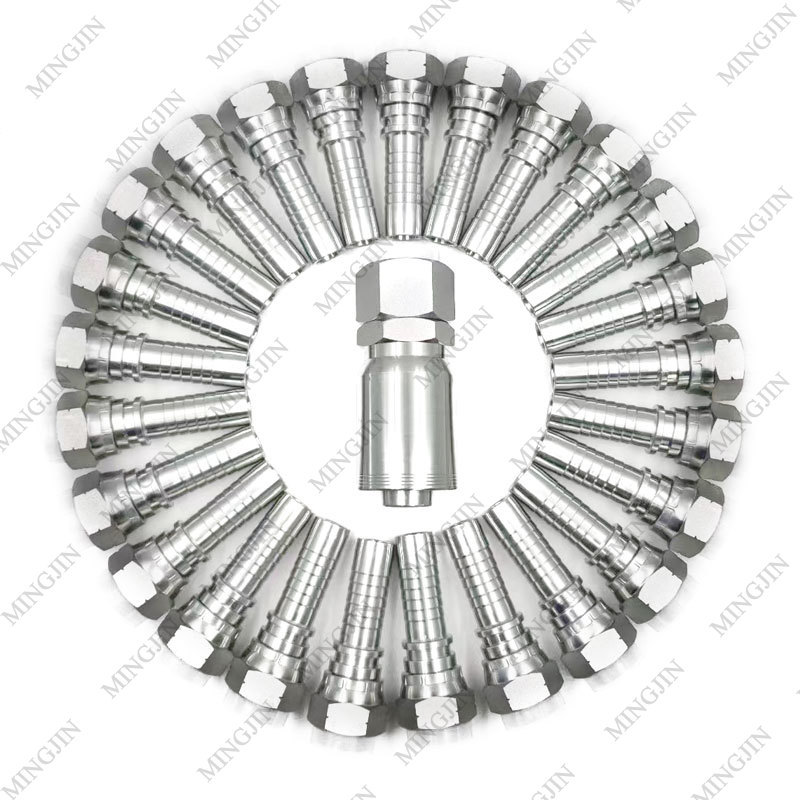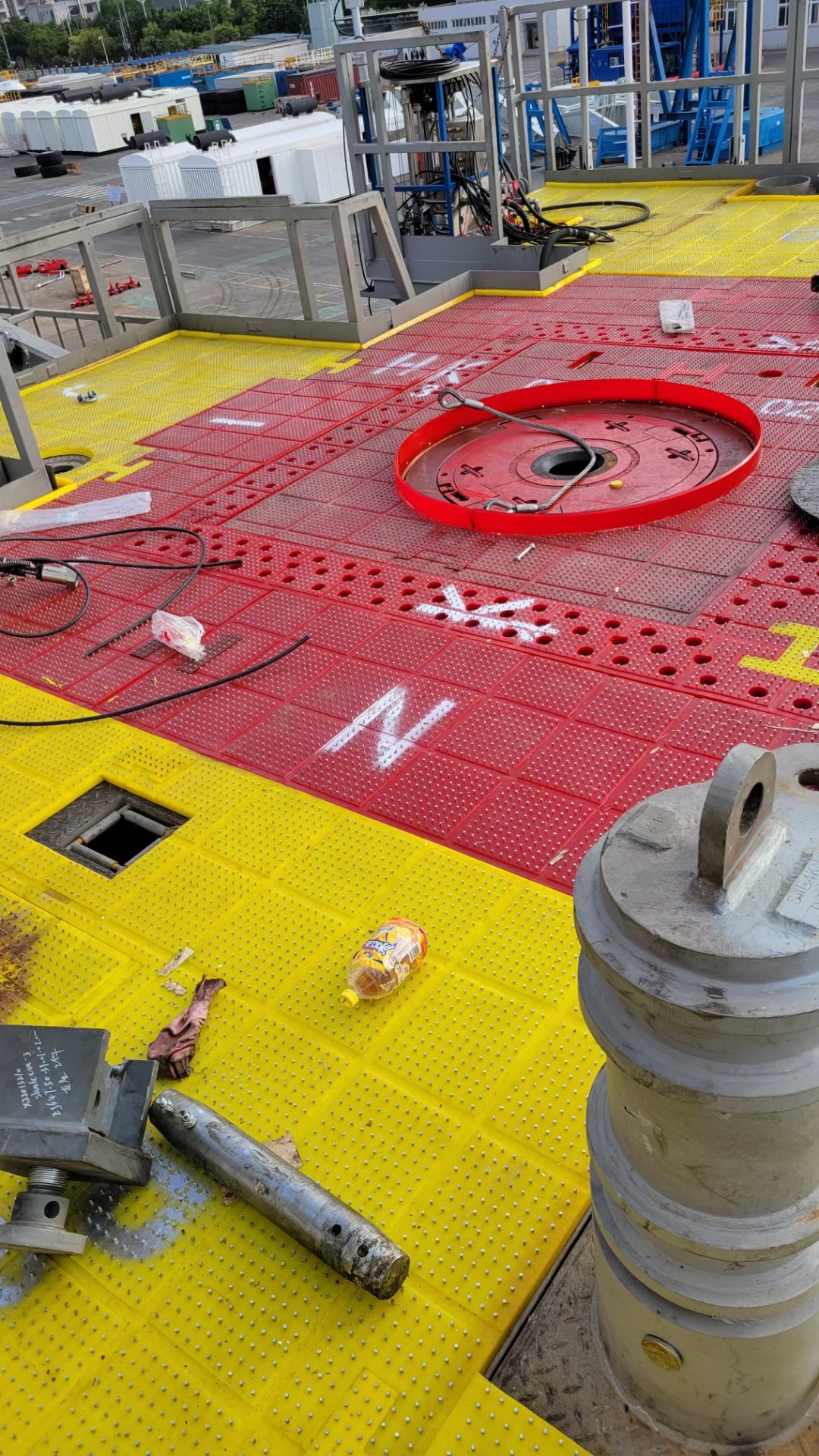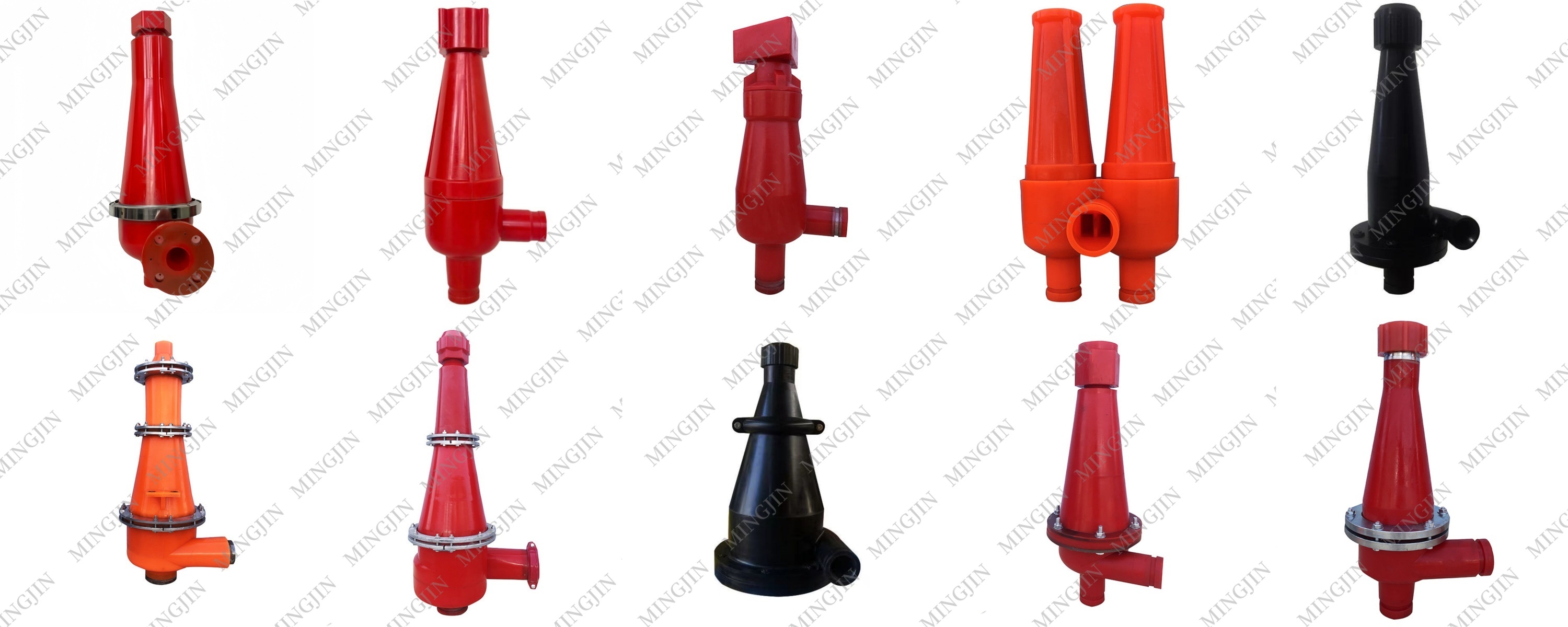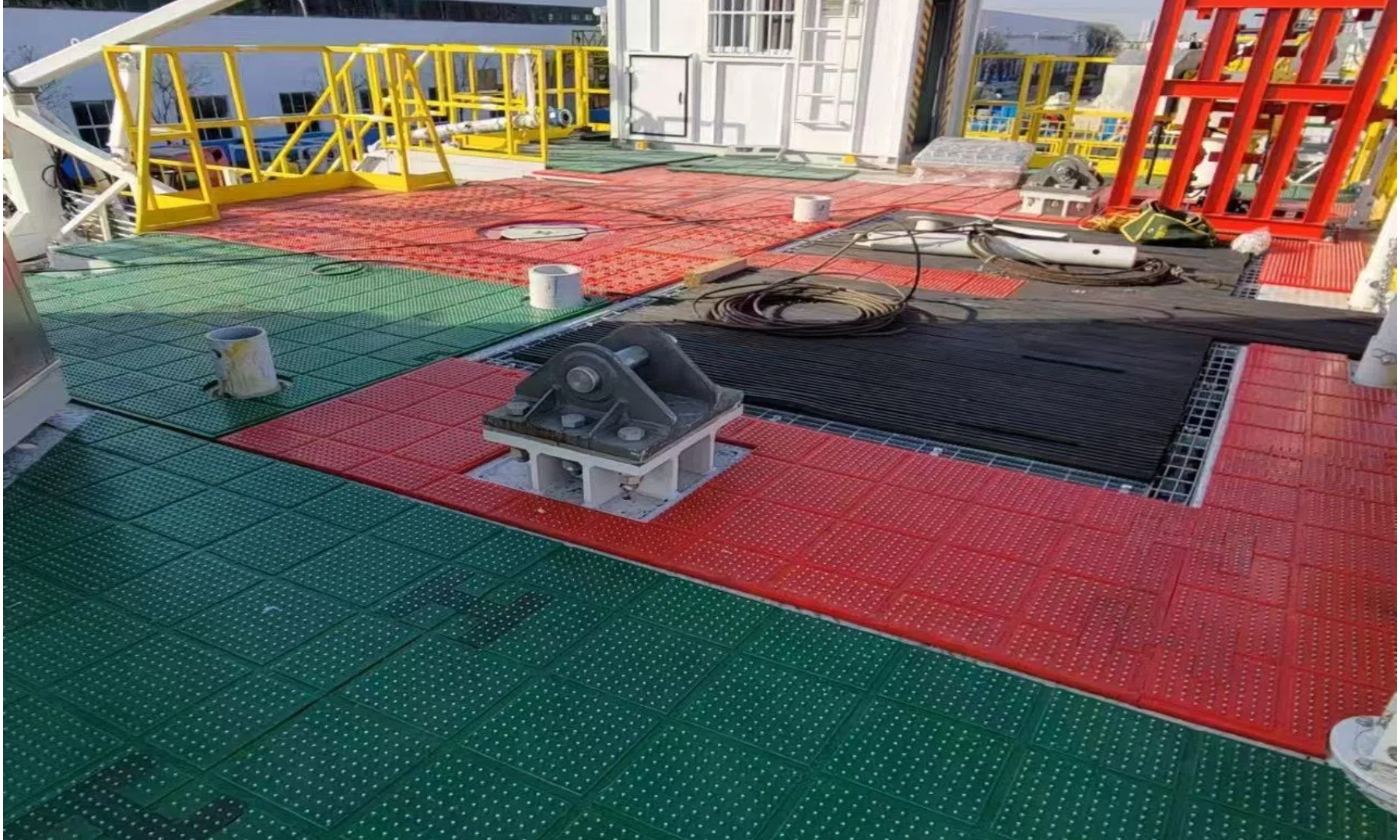The Essential Role of Anti-Slip Mats on Drilling Platforms: Ensuring Safety and Efficiency
Jul 28,2025
The Essential Role of Anti-Slip Mats on Drilling Platforms Table of Contents 1. Introduction to Anti-Slip Mats 2. Importance of Safety on Drilling Platforms 3. Types of Anti-Slip Mats for Drilling Platforms 4. Material Selection for Anti-Slip Mats 5. Proper Installation Techniques 6. Maintenance of Anti-Slip Mats 7. Case Studies: Success Stories of Anti-Slip Mats 8

The Essential Role of Anti-Slip Mats on Drilling Platforms
Table of Contents
- 1. Introduction to Anti-Slip Mats
- 2. Importance of Safety on Drilling Platforms
- 3. Types of Anti-Slip Mats for Drilling Platforms
- 4. Material Selection for Anti-Slip Mats
- 5. Proper Installation Techniques
- 6. Maintenance of Anti-Slip Mats
- 7. Case Studies: Success Stories of Anti-Slip Mats
- 8. FAQs
- 9. Conclusion
1. Introduction to Anti-Slip Mats
Anti-slip mats play a **pivotal role** in maintaining safety and efficiency on drilling platforms. As drilling operations often occur in rugged and unpredictable environments, the risk of slips and falls increases significantly. Anti-slip mats are designed to provide a secure footing for personnel, reducing the likelihood of accidents that can lead to injuries or fatalities. By understanding their purpose and functionality, stakeholders can make informed decisions that will enhance safety standards across drilling operations.
2. Importance of Safety on Drilling Platforms
Safety is paramount in the drilling industry. The offshore and onshore drilling platforms are exposed to various hazards, including slippery surfaces due to water, oil, or mud. The **importance of safety** cannot be overstated; it encompasses both the physical well-being of workers and the financial health of companies. Here are several reasons why anti-slip mats are essential for safety on drilling platforms:
2.1 Reducing Accident Rates
The presence of anti-slip mats significantly minimizes the risk of slips and falls, which are among the leading causes of workplace injuries in the drilling sector. These mats provide added traction, allowing workers to navigate slippery surfaces safely.
2.2 Enhancing Operational Efficiency
When workers feel secure on their feet, they can focus on their tasks without the distraction of potential slips. This **enhanced operational efficiency** leads to improved productivity, as personnel can perform their duties without fear of accidents.
2.3 Compliance with Safety Regulations
Many regulatory bodies emphasize the importance of slip-resistant surfaces in workplaces. Utilizing anti-slip mats helps companies comply with safety regulations, thereby avoiding hefty fines and legal ramifications.
3. Types of Anti-Slip Mats for Drilling Platforms
Various types of anti-slip mats are available, each designed for specific applications and environments. Understanding the different types ensures the right choice for a drilling platform.
3.1 Rubber Anti-Slip Mats
Rubber mats are durable, flexible, and provide excellent traction. They are ideal for high-traffic areas on drilling platforms, where slips are more likely to occur due to moisture or oil spills.
3.2 Vinyl Anti-Slip Mats
Vinyl mats are lightweight and easy to clean, making them suitable for temporary setups or areas with less foot traffic. They offer decent slip resistance and are often used in combination with heavier mats.
3.3 Modular Anti-Slip Mats
Modular mats consist of interlocking tiles that can be easily replaced or repositioned as needed. This flexibility is advantageous for platforms that undergo frequent changes in layout or activity.
4. Material Selection for Anti-Slip Mats
Choosing the right material for anti-slip mats is crucial for ensuring effectiveness and longevity. Here are factors to consider:
4.1 Durability
The mats must withstand harsh conditions typical of drilling environments, including exposure to chemicals, UV radiation, and heavy foot traffic.
4.2 Textured Surfaces
Textured surfaces enhance grip and traction. It is essential to select mats with designs specifically engineered to prevent slips, even in wet conditions.
4.3 Ease of Cleaning
Drilling platforms can become dirty quickly. Opting for materials that are easy to clean will ensure mats remain effective over time and do not harbor contaminants.
5. Proper Installation Techniques
Correct installation of anti-slip mats is pivotal for their effectiveness. Follow these guidelines to ensure optimal performance:
5.1 Surface Preparation
Before installing mats, the surface must be thoroughly cleaned and dried. Removing any debris, oil, or moisture is vital to ensure proper adhesion and functionality.
5.2 Secure Placement
Ensure that mats are secured in place using adhesives or weights, particularly in high-traffic areas. Mats that shift can negate their anti-slip properties.
5.3 Regular Inspection
Conduct regular inspections post-installation to identify any wear or damage. Damaged mats must be replaced promptly to maintain safety standards.
6. Maintenance of Anti-Slip Mats
Regular maintenance extends the life of anti-slip mats and ensures they continue to perform effectively. Here are essential maintenance tips:
6.1 Routine Cleaning
Regularly clean mats using appropriate cleaning solutions to prevent the buildup of grime and chemicals. This helps maintain their slip-resistant properties.
6.2 Inspect for Wear
Periodic assessments should be conducted to identify any signs of wear, such as cracks or tears, which can compromise their effectiveness.
6.3 Replacement Strategy
Develop a replacement strategy based on usage and wear patterns. Implementing a proactive replacement schedule can prevent accidents before they occur.
7. Case Studies: Success Stories of Anti-Slip Mats
Examining real-world applications of anti-slip mats highlights their effectiveness in improving safety on drilling platforms.
7.1 Case Study: Offshore Drilling Rig
An offshore drilling rig implemented rubber anti-slip mats in all high-risk areas. Within six months, they reported a **70% decrease in slip-related accidents**.
7.2 Case Study: Onshore Drilling Operations
An onshore drilling company adopted modular anti-slip mats that allowed for flexible configuration. This adaptability resulted in **enhanced safety and increased productivity**, as workers felt secure moving between different workstations.
8. FAQs
8.1 What are anti-slip mats made of?
Anti-slip mats can be made from various materials, including rubber, vinyl, and specialized polymers, each offering different benefits regarding durability and traction.
8.2 How do I clean anti-slip mats?
Regular cleaning with mild detergents and water is recommended. For tougher stains, industrial-grade cleaners may be used, followed by thorough rinsing.
8.3 How often should I replace anti-slip mats?
Replacement frequency depends on usage and wear. Regular inspections can help determine when mats need to be replaced to maintain safety.
8.4 Are there regulations for anti-slip mats in drilling operations?
Yes, various safety regulations specify the use of slip-resistant surfaces in workplaces, especially in environments like drilling platforms where hazards are prevalent.
8.5 Can anti-slip mats be used indoors and outdoors?
Yes, many anti-slip mats are designed for both indoor and outdoor use, though it’s essential to select mats that are appropriate for the specific conditions of each environment.
9. Conclusion
In conclusion, anti-slip mats are more than just accessories on drilling platforms; they are essential tools for ensuring the safety and efficiency of operations. By selecting the right materials, employing proper installation techniques, and adhering to maintenance best practices, companies can significantly reduce the risk of accidents and enhance productivity. Investing in quality anti-slip solutions is a proactive step toward safeguarding workers and fostering a culture of safety in the drilling industry.
Key words:



